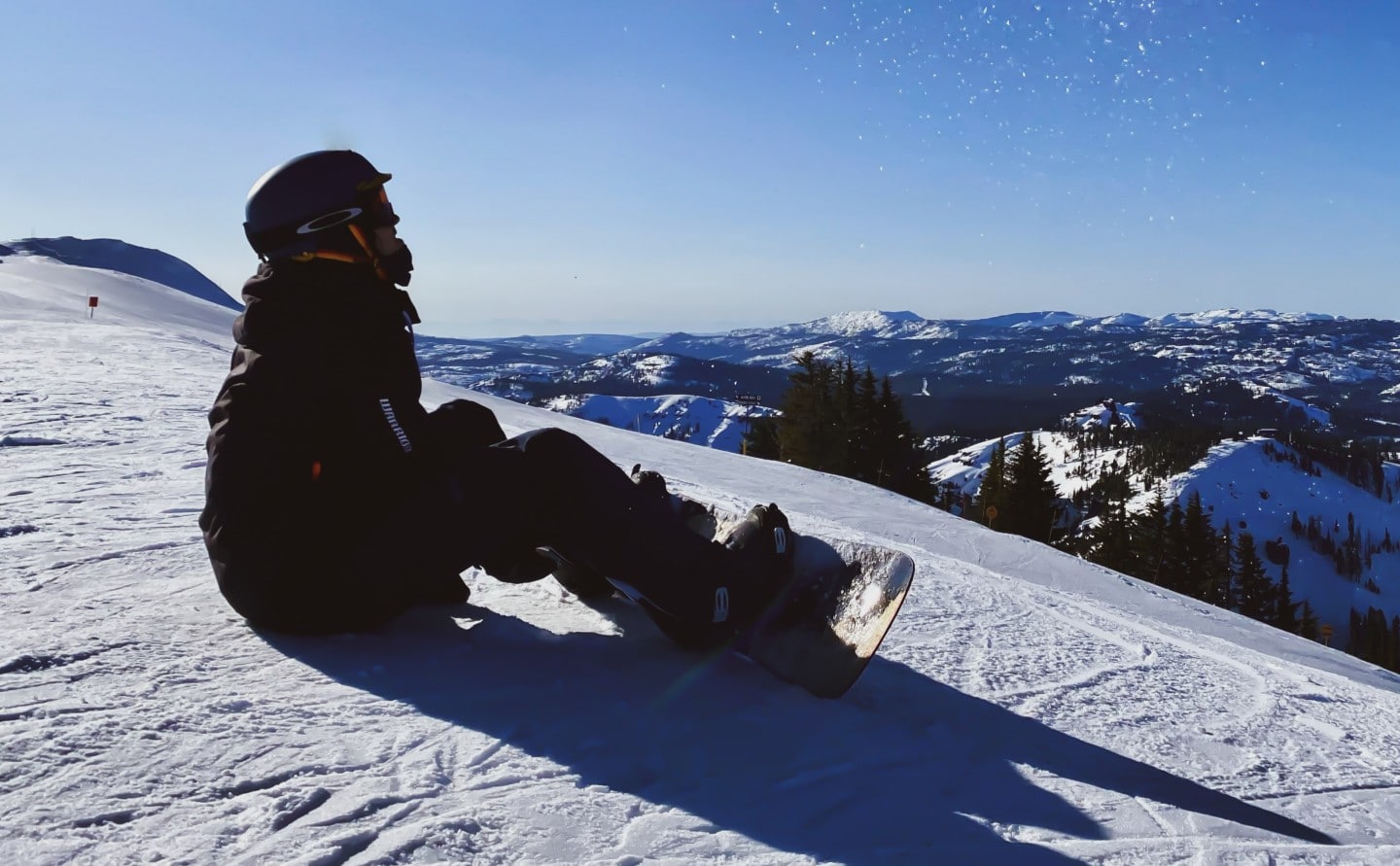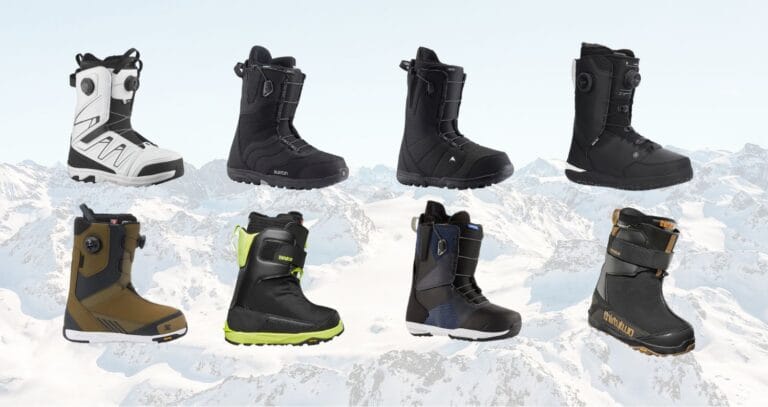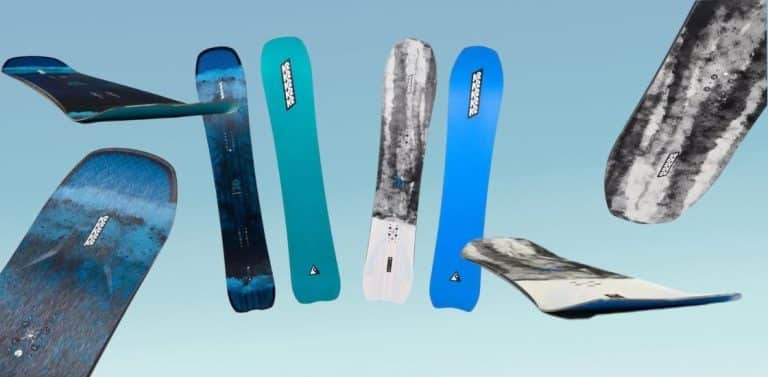The Ride Warpig and the Salomon Dancehaul are two of the most popular volume shift boards out there. They are designed to be ridden in a shorter length than you would normally ride and are versatile enough to use all over the mountain. These two boards have a lot in common but also a lot of important differences. So how do they compare, and which one is best suited for your style of riding?
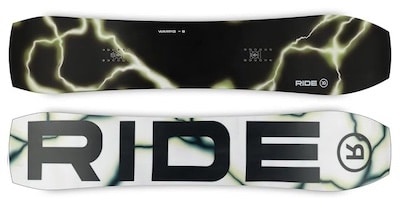
Ride Warpig
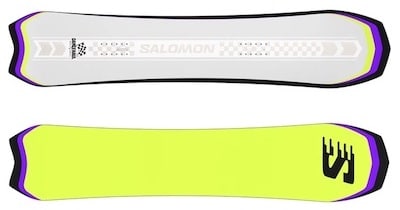
Salomon Dancehaul
Camber
Rocker
Rock-out Camber
Shape
Tapered Directional
Tapered Directional
Flex
5/10
5/10
All-Mountain
Park
Powder
For a more detailed look at each board, you can read my full reviews of the Warpig and the Dancehaul.
Ride Warpig Vs Salomon Dancehaul
As you can see from the table above, the two boards are very similar and essentially designed to do the same job. So let's first have a look at what they have in common.
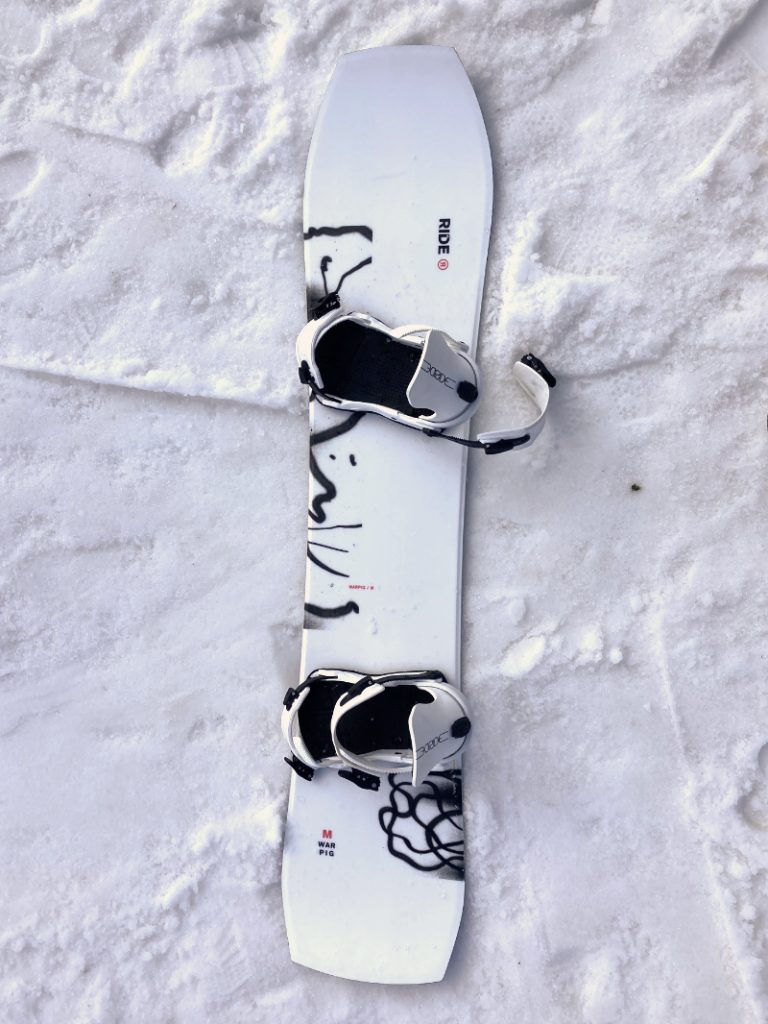
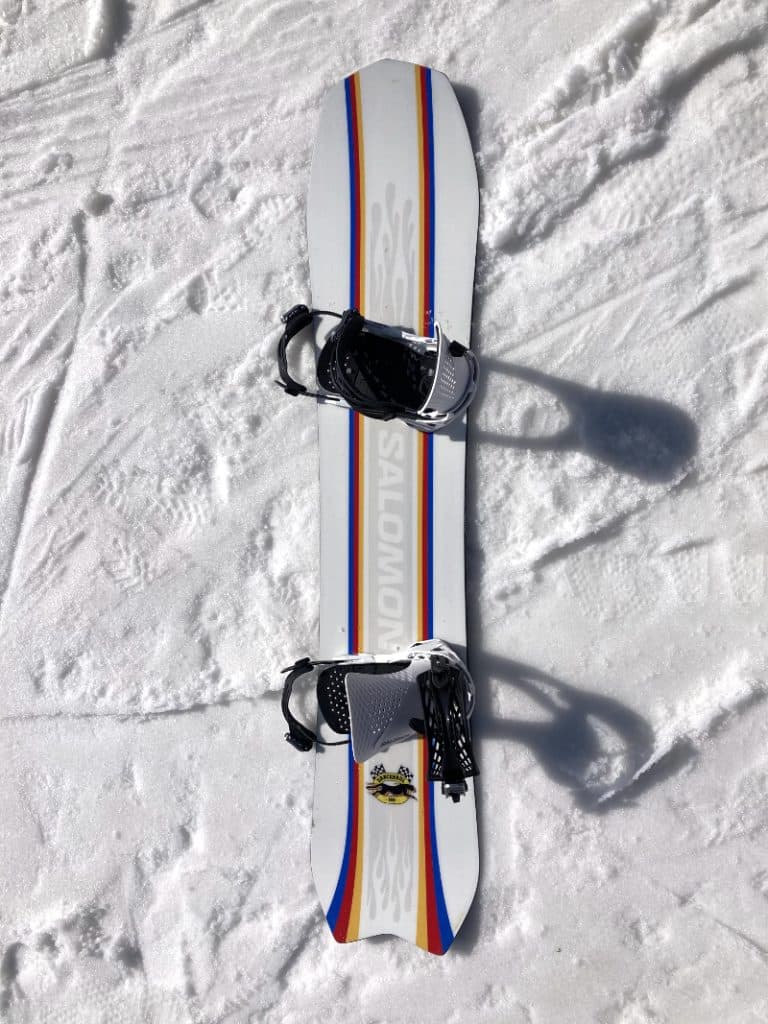
Comparing Snowboard Shape
There is not much to separate the two boards here; they are Volume Shift boards, meaning that they are wider and shorter than a standard-shaped board.
Both boards should be ridden in a size about 3-5cm shorter than you normally ride
They are both directional boards meaning the nose is longer than the tail and they are primarily designed to be ridden forwards in your regular stance.
They both have a slight taper, giving a wider nose than tail. The Warpig has 10mm of taper, whereas the Dancehaul has a little more depending on the size of the board, for example, the 153 that I rode has 12mm of taper – So not a lot of difference!
Comparing Camber
Camber is one area where we see a difference between the two boards and this has a big impact on how they feel when riding.
Salomon Dancehaul
The Dancehaul has Salomon's Rock Out Camber which is a slight tweak on a traditional camber board. The Board is essentially flat for a small section between the feet, then develops into a camber section under the binding inserts, before reverting to a slight early rocker in the nose and tail.
Looking along the length of the edge, it is hard to see these different sections, and it essentially looks and feels like a traditional rocker board.
Ride Warpig

The Warpig has a much simpler camper profile; it's basically a zero-camber board which means it's flat between the bindings with a rocker in the nose. But this doesn't mean the Warpig is lacking in tech; it has an interesting core and a pretty unique sidecut that we will get to later.
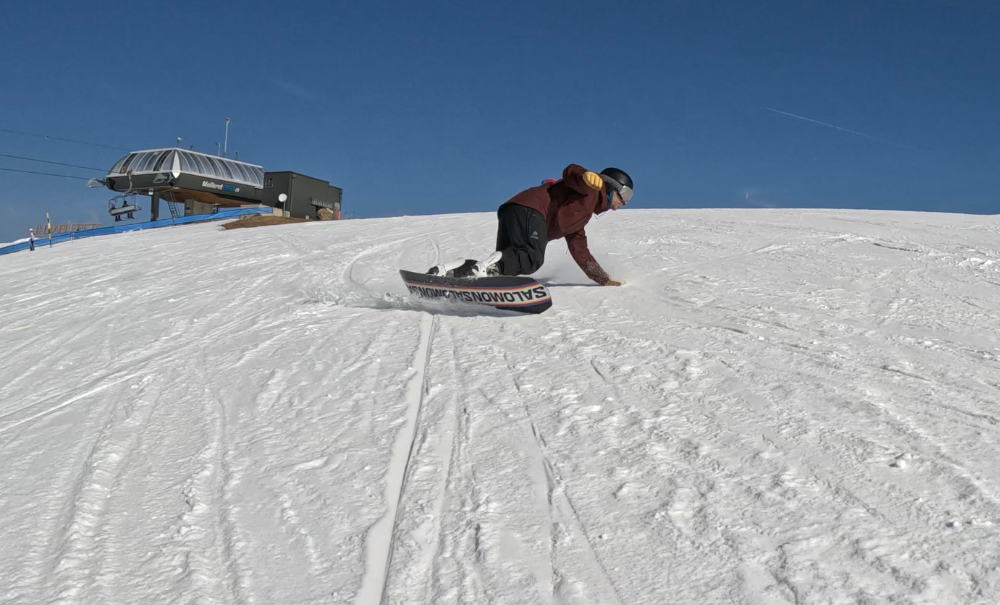
Comparing Flex and Construction
As an overall picture, both boards are given a medium 5/10 flex rating, but there are some key differences between how the two boards bend.
Whilst the Warpig has a twin flex, the Dancehaul has a directional flex meaning it's slightly stiffer in the tail than the nose.
The 151 Warpig that I rode has a 5.4m radius in the front of the board, which mellows out to a 6.5m radius in the tail. This tighter radius at the nose helps the board hook into turns and makes this a super nibble ride for such a wide board.
The 152 Dancehaul that I rode has a single, 7m radius that is quite a bit longer than the Warpig but still tight compared to most traditional shaped directional boards. The stance is centered in the middle of this turn radius, giving it more of a twin feel.
The Warpig's construction
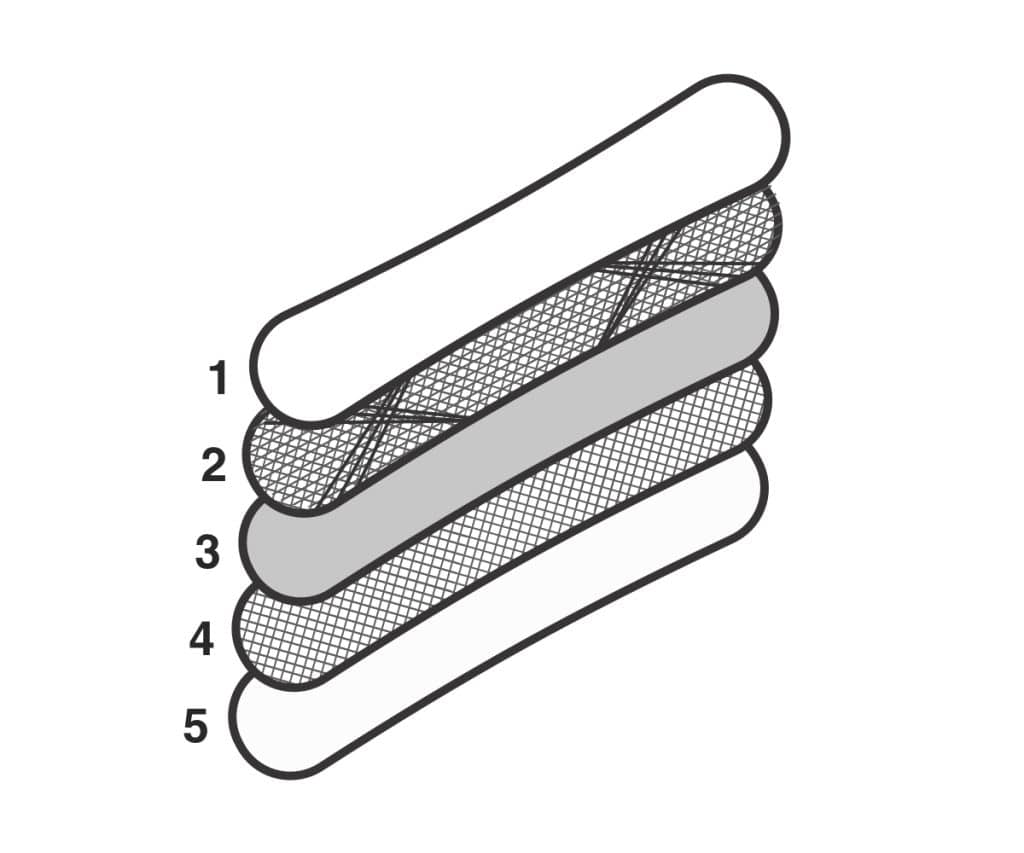
- Top sheet
- Triaxial glass and carbon stringers
- Aspen/Bamboo core
- Biaxial glass
- High-end sintered 4000 Ptex base
The Dancehaul's construction
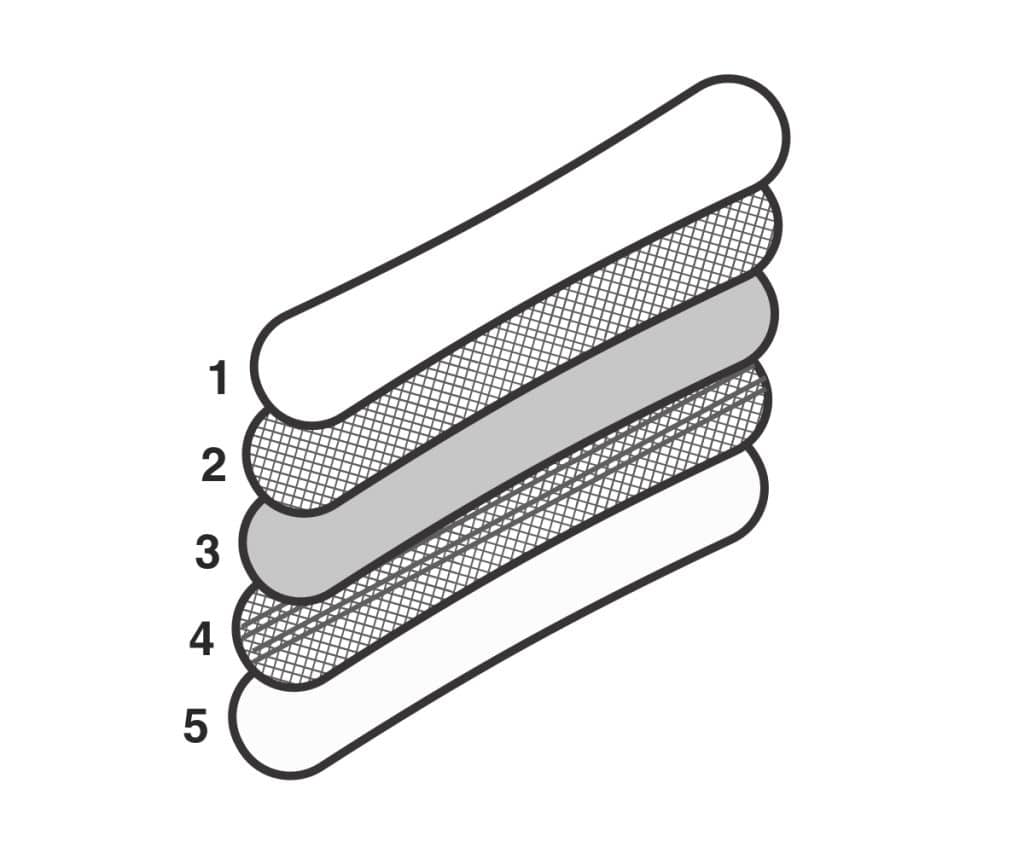
- Top sheet
- Biaxial glass
- Popster milled Aspen core
- Biaxial glass and basalt striders
- Sintered base
Both boards are beefed up with the addition of stringers into the construction. The Dancehaul has basalt stringers running from tip to tail. This gives a predictable pop along the entire length of the board.
The Warpig has carbon stringers fanning out from under the bindings to the contact points at the tip and tail. These give plenty of pop and torsional rigidity outside of the bindings whilst keeping the board more supple and loose between the bindings.
Underneath, both boards have a high-grade, sintered base that runs super fast, holds wax well, and is tough enough to withstand a few rocks.
How Does the Riding Compare?
Although both boards are designed to be ridden all over the mountain, there are a lot of differences between the two, creating different rides on different types of terrain.
All Mountain
First up, let me say that both of these boards were awesome fun to ride. I really didn't notice that I was riding a shorter board, and they performed great in the icy conditions I had on first lift right up to the afternoon slush. That said, they do feel quite different and suit different styles of riding.
The Dancehaul felt more stable, holding a longer, higher speed carve. It has a simpler design, so was more predictable on the edge.
The Warpig was super quick edge to edge. I had a lot of fun on it in the afternoon surfing up the slush and diving in and out of the trees.
In terms of float, they both performed really well. Although I didn't get to ride much powder, they both cut through the chunder and slush really well.
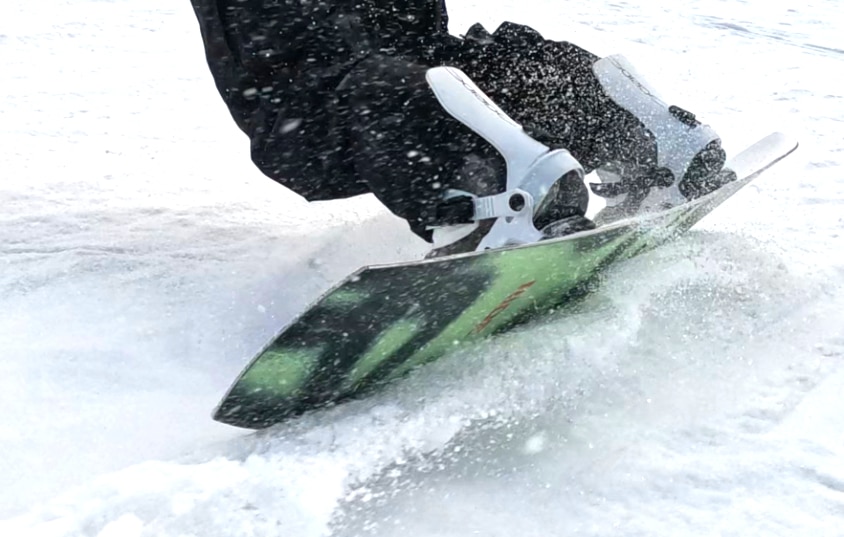
Overall I would say the Warpig is a more playful board, whereas the Dancehaul is better for hard-charging at higher speeds.
Park/Freestyle
Both these boards are super fun for freestyle. Their shorter length makes them easy to spin and easy to get into presses.
I would say with its single radius sidecut, the Dancehaul feels more comfortable riding the switch. The Warpig is ok riding switch, but because of the different sidecut radius you certainly feel the difference.
They both have plenty of pop of ollies, but maybe with its stiffer tail, the Dancehaul is a little more stable on bigger kickers.
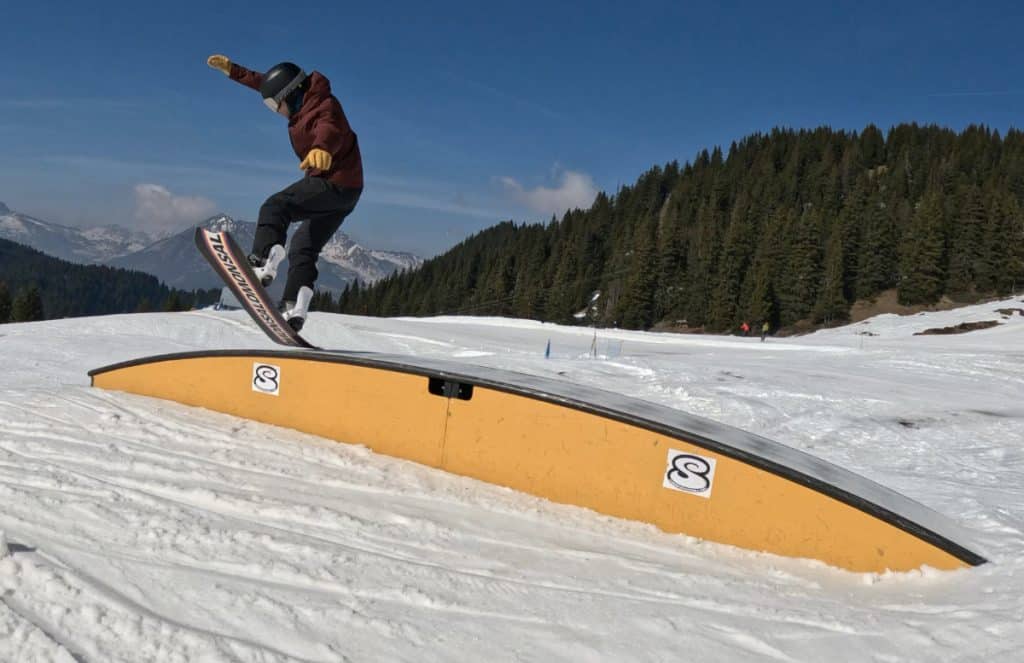
On rails and boxes, the extra width of both boards gives you a little more platform to slide on when putting the board sideways. With its flat camber profile and being a little softer between the feet I would say the Warpig makes you feel a little more locked into boardslides than the Dancehaul.
Powder performance
So there wasn't much powder the weekend I tested these two boards. But there was a few inches of fresh if you knew where to look!
With their extra width, both boards naturally want to float up to the surface. Plus, they both have tapered shapes so the narrower tail wants to sink, meaning you don't have to work you back leg too hard to keep the nose out of the snow.
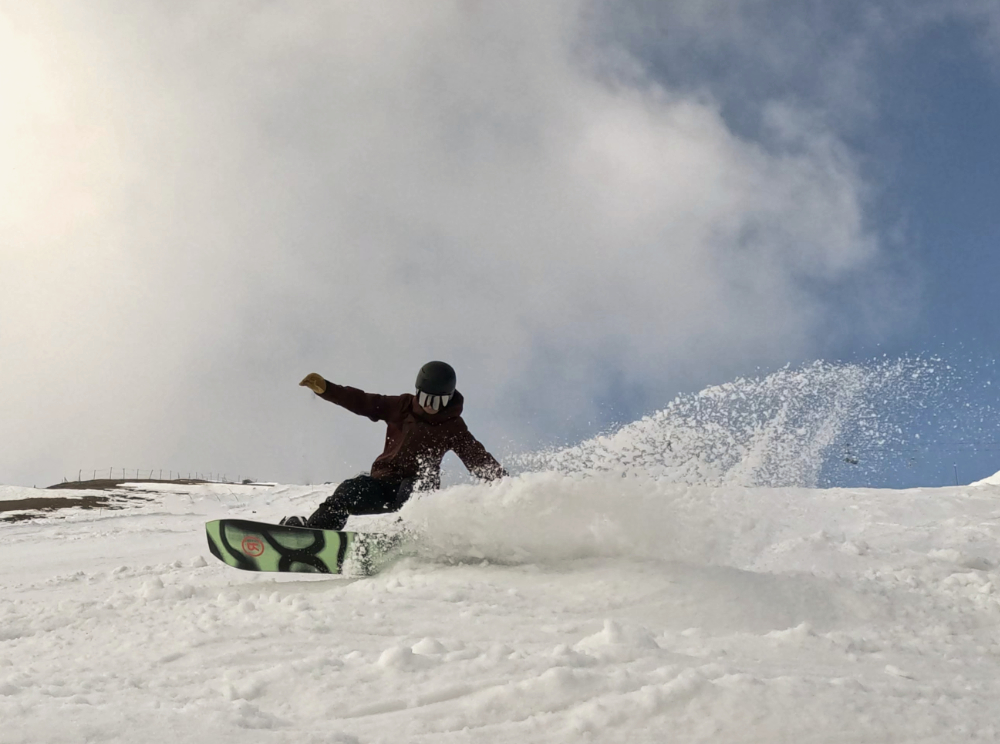
In the tree-lined terrain that I was riding, I found the Warpig quicker in the turns and a little more fun to ride. But If I had something a little steeper to ride, I reckon the Dancehaul, with its stiffer tail would have held up better.
Either board would be loads of fun in the powder and are a great option if you are looking for one-board-does-it-all with an emphasis on powder riding. But maybe for serious backcountry, you would be better off with a powder specific board.
Final Verdict – Which One Would I Choose?
First, let's look at the price; both boards are great value but at 500 bucks the Dancehaul is a real bargain. But is it worth paying the extra for the Warpig?
For me volume shift boards should be about making the whole mountain more fun and not about serious focus on any one area of riding. With its traditional camber, the Dancehaul felt like it was more of a carving/freeride board. The Warpig was quicker edge to edge and loads of fun in the spring conditions that I rode it in. It felt more versatile all over the mountain and only was second place the the Dancehaul when I started really trying to lay it over into some carves.
Out of the two I would pick the Warpig. There are so many innovations in snowboarding that don't really seem to add anything to the ride, but the unique blend of turn radii on the Warpig really makes for a super nimble and playful board to ride.
However, if you're more into carving and speed then you'd be better of on the Dancehaul.

Ride Warpig 2025

Salomon Dancehaul 2025

